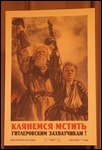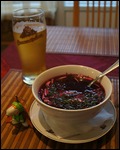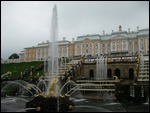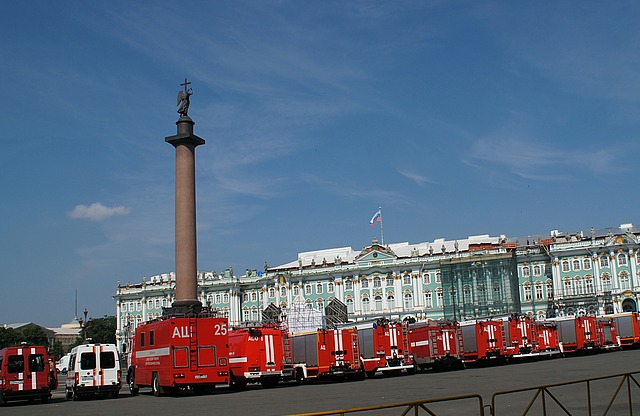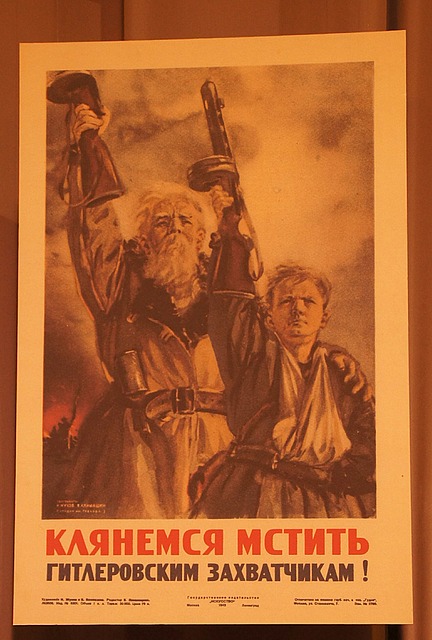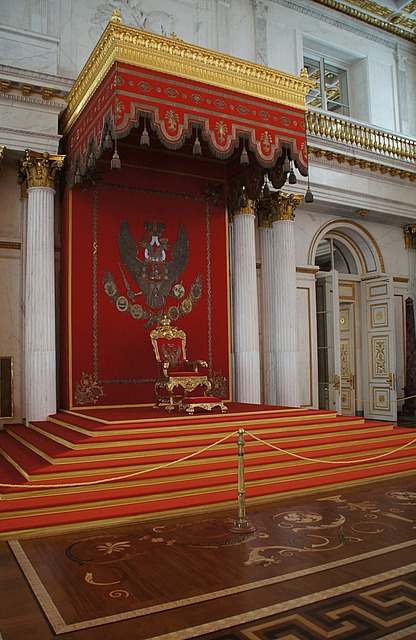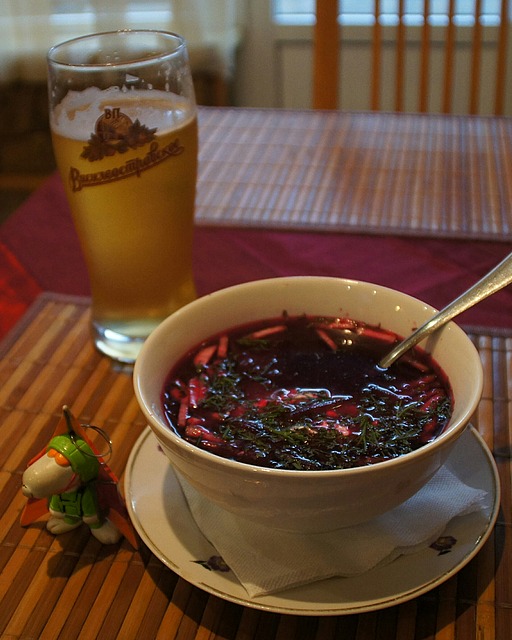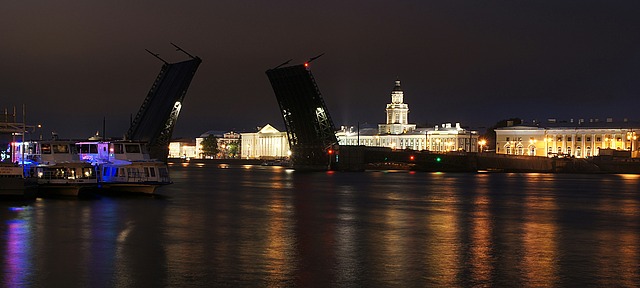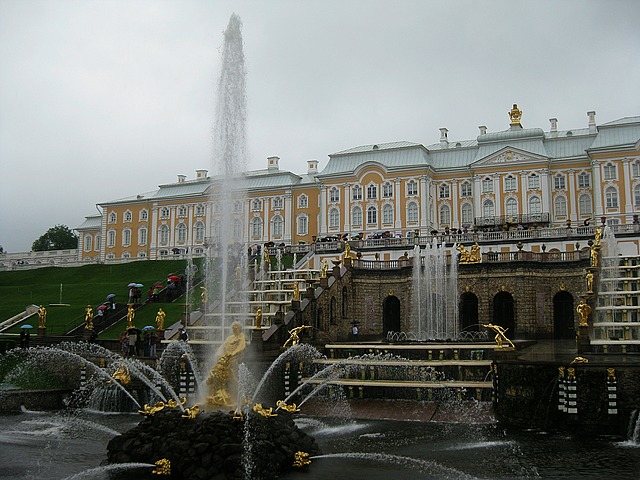Splendour! A single word to epitomize the feel and look of Russia's second largest city. Far removed from the popular image of Soviet era concrete bunker buildage, Saint Petersburg displays a Tsarian aristocracy in its architecture, and indeed it should; as the port to the west, both figuratively and literally, the former capitol has always had a more European than Soviet Russian approach. That the very spark that set off the communist movement was ignited here makes for no surprise though, as the differencies of the poor and the imperially rich were easliy tangible.
Sun and warmth welcomed what was by far the smallest crowd ever to grace a free walking tour, otherwise so vastly popular (for reasons easily explainable by the fact that the tours are free because the guides work for tips only and must thus do their very best for their hard-earned cash) throughout Europe. The miniscule mob followed local cicerone Juliya through streets and churches, across canals and plazas and ended up snacking on delicious savoury pies, known as pirozhki. Though St Petersburg is by no means small, the main points of interest are gathered in an area reasonably sized enough to get the stout of feet and brisque of breath a great walk whilst snapping the camera warm. Kazan Cathedral, Summer Gardens, Marsovo Pole and Palace Square all bathed in sun this first day of this odyssey. That was going to change, though.
Ah yes; with the rain came the museum visits for this avid traveller. The siege of Leningrad lasted almost 900 days between 1941 and 1944; an estimated 2 million men, women and children lost their lives due to the nazi blockade, but the Leningraders refused to surrender. Through the heroic contributions of those transporting goods and supplies across the frozen Lake Ladoga (known as 'The Road of Life') and the sheer stubbornness, Leningrad survived the siege, though not unscarred. And such the Blockade Museum tells.
Some might argue that no visit to Petersburg is complete without a while spent in the Hermitage and its Winter Palace. Some might argue that if you're not a hardcore fan of 16th-18th century portrait art it's basically a waste of money and, more importlantly, time. An hour to get in, and then another half hour to purchase tickets. Add to that an utter lack of signs and directions and an utter presence of hordes of cruisers blocking every square metre. The few moments of pure awe (again, the awesomeness is due to splendour; the jade and gold, the marble halls, the chrystal chandeliers) is hardly worth the effort. Unless you really, really, really, enjoy looking at pictures of dead counts and generals.
Splendour is also the factor at play at Peterhof, or Petrodvorets as some russians might call it. The lavish palace and its parks and gardens, modelled after Versaille, is well worth a visit. The time-effective tourist uses the boat from the docks behind the Hermitage; the money-weary traveller takes the metro and the bus for a tenth of the cost for double the travel time. Of course, the time-effective money-weary explorer such as yours truly do both.
And splish-sploshing through the puddles of the rain-soaked port to the baltic, after having seen the curiosities at the Antropologii Muzeya, having my first ever proper Borstj, trying to get heads and tails of the cyrillic captions at the train museum, learning a few useful Russian phrases from an American living in Petrograd for the last year, having had not one complimentary vodka and realising the striking difference between beef and sausage Stroganoff, I found myself in Moskovayska station, ready to embark on the first leg of my Trans-Siberian andventure. Or, you know, terrified that I wouldn't, due to some terrible ticket mix-up.

